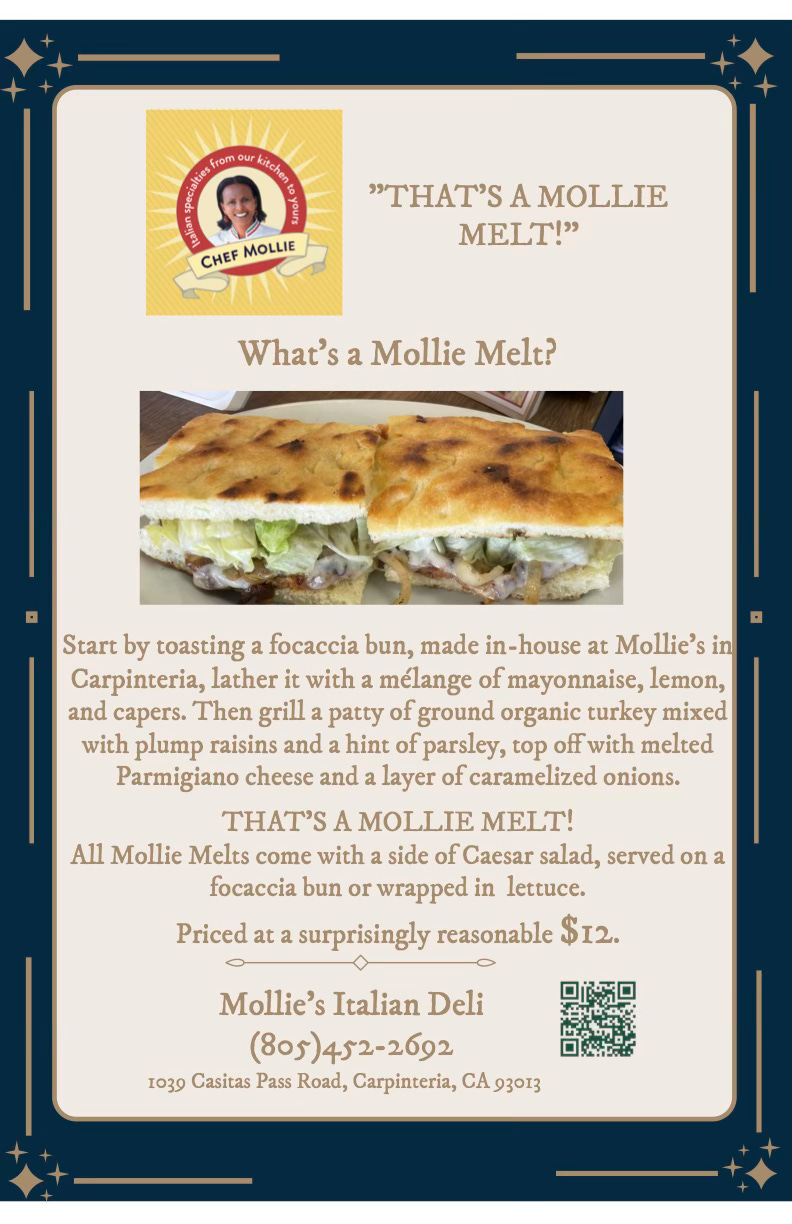Every March 17, we celebrate the life of St. Patrick, the English priest who brought Christianity to Ireland. You better be prepared for a pinch if you are not wearing some shade of green on that day. In Illinois, the Plumbers Local 130 dyes the Chicago River green for the weekend. St. Patrick's Day parades bring out the Irish in all of us. The New York City parade is the oldest and largest gathering that features some 150,000 participants. Every year nearly 3 million people line the parade route to watch the procession, which takes more than five hours. Boston, Chicago, Philadelphia, and Savannah also celebrate the day with parades involving between 10,000 and 20,000 participants each.
But who was Saint Patrick and how does he relate to us today? Born in England around 385 AD, his real name was Maywyn Succat. His father was Calporniu, a tax collector and a deacon in his church. His grandfather, Potitus, was a priest. Succat lived in a time of great uncertainty. Roman legions, which had protected the country from barbaric invaders for many years, were called away to other regions of the Roman Empire. So, Britain was left vulnerable to attack.
Just before Succat turned 16, he and his family were at their house on a beach in England. Irish pirates attacked the area while Patrick was playing there. He and many of his family's workers were kidnapped and forced to sail to Ireland. This future saint was sold as a slave to a Druid tribal chieftain. Succat was given the job of tending the chieftain’s sheep.
Ripped from his home, Succat lived in virtual isolation tending those sheep in County Antrim in Northern Ireland. His only companions were his flock and his newfound faith. Later, Patrick wrote in his autobiography, Confessio, that "the Lord opened my senses to my unbelief, so that, though late in the day, I might remember my many sins; and accordingly, I might turn to the Lord my God with all my heart."
This herdsman turned saint wrote about how his faith grew as he prayed to the Lord and tended sheep. "But after I had come to Ireland, it was then that I was made to shepherd the flocks day after day. And as I did so, I would pray all the time, right through the day. More and more for six years. The love of God and fear of him grew strong within me, and as my faith grew, so the spirit became more and more active…in snow, in frost, and in rain. I would hardly notice any discomfort, and I was never slack but always full of energy. It is clear to me now that this was due to the spirit within me." Patrick's devotion did not go unnoticed.
His fellow slaves nicknamed him "Holy Boy."
The Lord used dreams to communicate with the future saint. After six years in Irish captivity, an angel appeared to him in a dream and told him to find a ship leaving for England, on the eastern side of Ireland. This meant he had to walk across 200 miles of peat bogs and forests before arriving at a port. There he found a cargo ship heading for the continent. At first the captain refused him passage so Patrick began to pray. Before he could finish, though, a sailor came shouting at him, "Come quickly, those men are calling you." The captain had changed his mind and Patrick sailed home. He believed God's intervention was responsible for his unlikely escape.
Eventually Patrick returned to his family in Great Britain from the continent. His parents begged him never to leave again. However, Patrick had a second dream with an Irish voice imploring him to "walk again among us." After 14 years of ministry training, he was consecrated as a bishop and given the name Patricius. He then asked for a missionary assignment to Ireland. Although many people would have dreaded to return to their place of captivity, Patrick knew he was being called back to bring Christianity to this pagan land.
The patron saint of Ireland used the three-leafed clover to explain Christianity to the Druid warlords there. The three leaves represented the Trinity: the Father, Son, and the Holy Spirit. This is why the shamrock is so closely associated to this day on the Emerald Isle and is the symbol of Ireland. Saint Patrick died on March 17, so this date became a symbol of remembrance and a celebration of his life.








Donald J. Trump is the modern day version of St. Patrick, driving the snakes into the sea. Sorry, couldn’t resist.
I'm quite fond of the hagiography of saints, and there is an interesting detail omitted in this text. Patrick records that when he was trying to return to England and was initially turned away from the ship he watched as a brace of Irish Wolfhounds were fractious and unwilling to be loaded. Mine weigh 150-180 pounds, so you can well imagine a pair who are determined to resist could be hard to convince. Patrick went to the captain of the ship and said he could calm the beasts, in exchange for passage. And so it happened that he walked the dogs up the gangplank and kept them calm throughout the voyage.